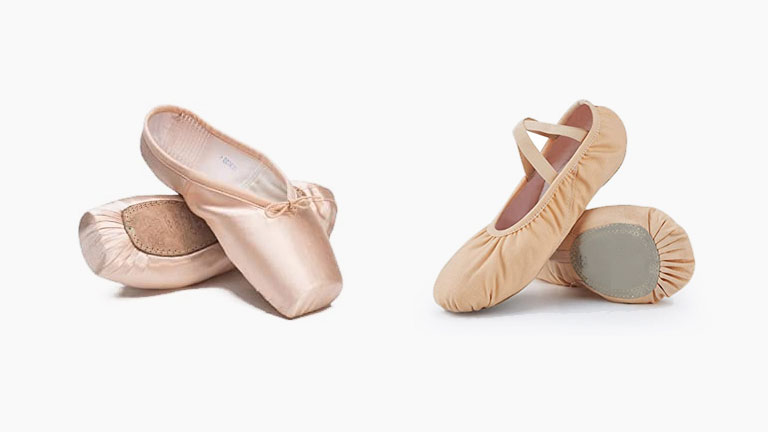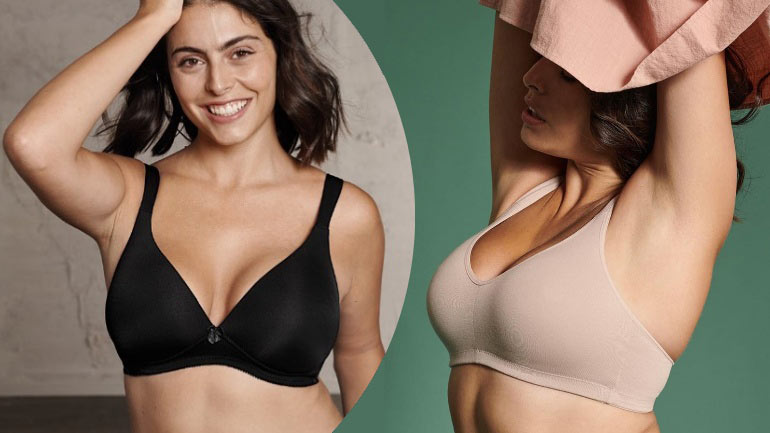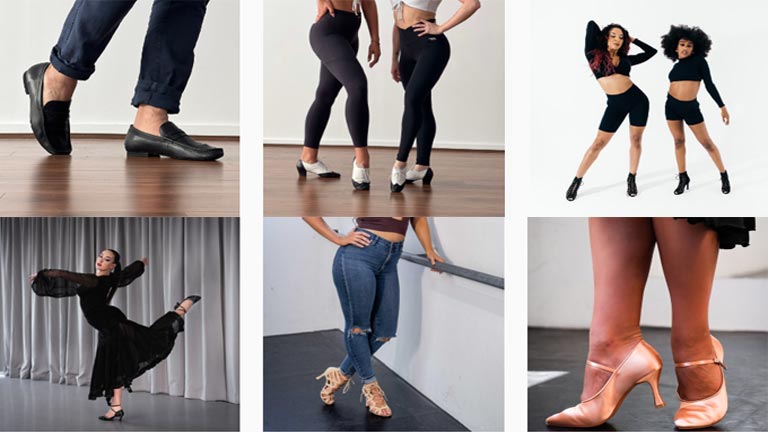
When people think about ballet shoes, many assume there is only one type. Yet, they would be surprised that it’s to the contrary. In the ballet world, dancers can choose from various ballet shoes. The two most common ones are pointe shoes and ballet slippers.
Upon first impression, you would assume they sound the same – especially with people talking about them interchangeably. It’s easy to assume since both are used for ballet dancing.
However, these two are quite different!
Finding the right ballet shoes cannot be stressed enough as they dictate their level of performance. Understanding the differences between these two ballet shoes can do wonders in finding the one that suits them best!
What are Pointe Shoes?
Pointe shoes are ballet shoes that ballet dancers wear when performing pointe techniques. Pointe techniques are when the dancer stands on the tip of their toes. It’s one of the most recognizable ballet techniques to the average person. You think of a ballerina gracefully tip-toeing across the stage as they perform to many. For these shoes to be effective, pointe shoes are designed to support the full weight of a dancer to be able to execute this technique comfortably, safely, and with poise.
Materials in Pointe Shoes
Pointe work is demanding. Any skilled ballet dancer can tell you that. It’s not easy having to balance your full weight on your toes. Therefore, the ballet shoes used for pointe techniques must be durable to meet that demand.
You can expect pointe shoes to be harder. Most of them are made from resin-based materials in the toe section or other robust materials that can be long-lasting and strong.
You see these in the components that make up pointe shoes:
- The Box: Modern pointe shoes boxes are comprised of plastic and rubber to help with movement and rigidity to help support the dancer’s toes.
- The Shank: This part of pointe shoes is normally hard and thick as they provide support to help the dancer get on their toes.
- The Sole: Made with leather typically, this part of pointe shoes is at the bottom and has a smoother surface for reduced traction.
Furthermore, pointe shoes have a piece of elastic and two ribbons to hold them to your foot.
Dancer’s Experience Level & Pointe Shoes
Pointe shoes aren’t meant for your beginner dancer. Pointe shoes are intended for pointe work – an advanced ballet technique.
The only time pointe shoes are given to ballet dancers is when a dancer’s feet are mature enough to handle pointe techniques and have already done years of training. For dancers who began ballet early, their years of training can lead to them needing pointe shoes to be able to do the technique at the age of 11.
Additionally, pointe shoes are mainly worn by females. In some instances, however, men can wear them for certain parts of a performance. But normally, it’s rather minimal.
What is Ballet Slippers?
You can easily identify ballet slippers as the ones used during ballet practice. These ballet shoes are normally light in weight with round-toed shoes. Unlike pointe shoes, ballet slippers are designed to be more flexible as they have a pliable sole and no heel. From how it’s constructed, it makes practicing ballet easier as it allows dancers to glide their feet across the floor and work through each muscle of the foot. In turn, this helps the dancers to gain strength and dexterity.
Materials in Ballet Slippers
Since ballet slippers are meant to be lightweight and flexible, the materials used will be that. You can expect ballet slippers made from various materials such as satin, canvas, and even soft leather. Satin might not be as durable, but it’s aesthetic makes it perfect for formal performances. Though for practicing, it might be good to look for a more durable one that has canvas. Even more durable than that is leather – which will still give them the freedom to dance with flexibility and keep that lightweight feeling.
Dancer’s Experience Level and Ballet Slippers
For the most part, ballet slippers are common among beginner dancers. From how it is designed, ballet slippers help beginner dancers build foot strength by providing more resistance when they point their toes than pointe shoes. Consider them the type of ballet shoes that are versatile for practicing simple techniques. Also, unlike pointe shoes, ballet slippers can be worn by females and males. The malleability of ballet slippers makes it so that no matter who you are, you can use these ballet shoes to practice and perform comfortably and with ease.
Just any ballet shoe won’t work for a dancer. The dancer’s level of experience dictates whether they should have pointe shoes or ballet slippers. For beginners, it’s best to consider ballet slippers since their flexible design makes it easier to learn basic techniques. Meanwhile, more experienced dancers who do pointe work should use pointe shoes instead. Knowing these crucial differences is important for dancers’ success in their craft.




